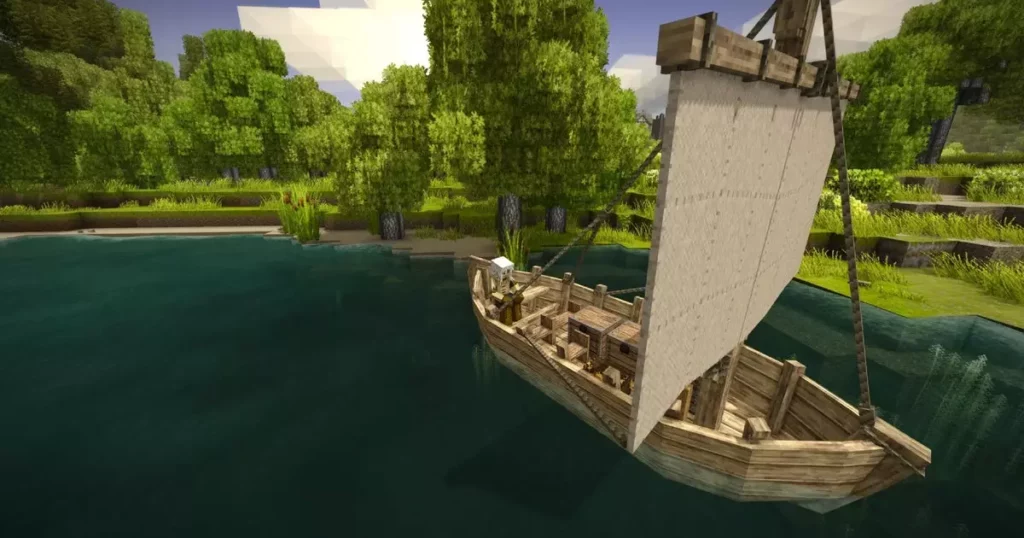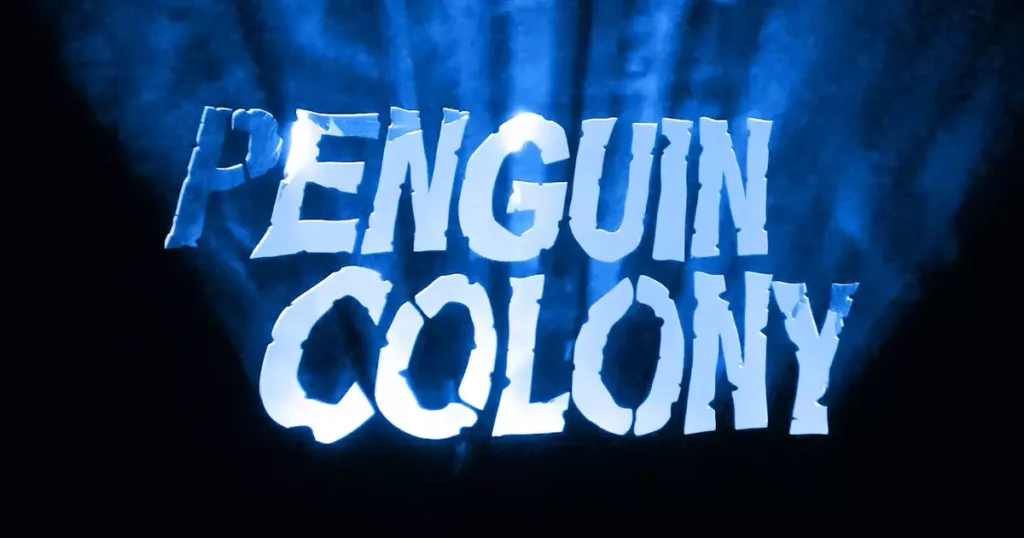For years, the narrative has been that giant studios with sprawling budgets dominate the gaming landscape, controlling the future of genres like sandbox. This belief often leads to complacency, assuming that only massive resources can produce groundbreaking experiences. Yet, the sudden cancellation of Hytale — a highly anticipated project billed as the next revolution in creative gaming — shatters that illusion. It reveals a harsh truth: reliance on monolithic corporations for innovation is a fragile strategy at best. Big companies, despite their apparent control, are often risk-averse, prone to shortsighted decisions, and vulnerable to market shifts or internal missteps. Meanwhile, their creative ambitions are tethered to corporate agendas that may stifle true innovation in favor of profitability. Conversely, the indie universe exemplifies a different paradigm — one rooted in passion, nimbleness, and community engagement. The resilient response of projects like Vintage Story underscores that the real power to redefine genres lies not in the size of the studio but in the clarity of purpose and community loyalty.
The Resilience of Grassroots Innovation
When Hytale’s development was abruptly halted, the gaming community faced a sobering reality: the industry’s reliance on large-scale productions often results in visions that once seemed promising falling silent. Instead of passive disappointment, a more compelling phenomenon emerged. Indie developers, unburdened by corporate interests, pressed ahead with their own visions, embodying a spirit of defiance and creativity. Vintage Story’s decision to develop a new game mode inspired by Hytale’s core ideas illustrates this resilience. Rather than chasing the mirage of recreating a multimillion-dollar project, they are embracing a more pragmatic approach—focusing on manageable, innovative slices of the sandbox experience. This strategic pivot demonstrates that meaningful progress can be achieved with limited resources if the goal is rooted in fostering exploration, community, and emergent storytelling.
The Power of Focused Innovation
What differentiates indie efforts like the Vintage Story project isn’t merely their size but their capacity for deliberate design choices and strategic thinking. Their plan to develop a smaller, adventure-focused mode—laden with fantasy elements—reflects a conscious effort to extract the essence of what makes sandbox worlds compelling: exploration, discovery, and player-driven narratives. This calculated shift allows for rapid experimentation, real-time community feedback, and adaptable development pipelines. By maintaining transparency and engaging players as active collaborators, they transform passive consumers into co-creators. What’s particularly noteworthy is how this model exemplifies sustainable innovation; rather than pouring vast amounts of capital into uncertain ventures, the developers respect their limited resources, ensuring longevity and relevance. Small teams, with clear visions and community support, can often outperform their larger counterparts by nurturing genuine engagement and cultivating shared ownership.
The Emotional and Cultural Significance of Community-Driven Development
The response of the Vintage Story developers carries more than just strategic value; it embodies an emotional resonance within the community. For many players, Vintage Story isn’t just a game, but a canvas for shared creativity, survivalist resilience, and open-ended exploration. Their recognition of Hytale’s ambitious potential reinforces a broader truth: gaming’s future is increasingly driven by passionate communities that refuse to be sidelined by corporate inertia. When developers openly acknowledge inspiration from larger projects and choose to forge their own paths, they uphold a fundamental principle—that the strongest innovations often arise at the intersection of community aspiration and developer ingenuity. This mindset champions a balanced view: corporate giants can set industry standards, but true evolution originates from grassroots initiatives fueled by authentic passion. By extending a respectful nod to Hytale’s ambition, Vintage Story’s team exemplifies humility, understanding that collaboration and shared dreams define the resilience of the sandbox genre.
Challenging the Industry’s Self-Perception
This entire episode challenges the industry’s self-perception as the sole gatekeeper of innovation. The narrative that only massive budgets produce groundbreaking experiences is falling apart, replaced by a new reality: smaller, nimble groups are capable of pioneering fresh ideas that resonate deeply within their communities. When Indie developers leverage clarity of vision, community support, and adaptability, they demonstrate that size isn’t everything. Moreover, these grassroots efforts often possess a sharper focus—avoiding the pitfalls of bloated development cycles and diluted visions that plague larger projects. The emerging scene suggests that the future of sandbox gaming relies less on corporate dominance and more on the organic, collaborative efforts of passionate creators willing to challenge industry stereotypes.
Implication: A New Dawn for Creativity in Gaming
As these grassroots projects gather momentum, they threaten to redefine what success looks like in gaming development. The traditional metrics of sales and marketing budgets become less relevant when community passion and engagement drive the evolution of a genre. If Vintage Story’s new mode catches on, it might ignite a ripple effect, encouraging other small teams to experiment with niche ideas, blending innovation with authenticity. The potential isn’t just for creating niche games but for establishing new standards of sustainability, community-centric development, and artistic freedom. This shift doesn’t threaten the industry’s giants but rather complements them—showing that a healthy gaming ecosystem rests on diversity, innovation, and the collaborative spirit of its smaller, more agile members.
The era of monolithic dominance in game development is giving way to a more democratized, resilient landscape. Small teams, fueled by passion and community, are proving that the sandbox genre’s true potential hinges less on corporate backing and more on intelligent design and collective enthusiasm. The future of gaming innovation isn’t in the shadows of giants but in the unwavering efforts of grassroots creators refusing to surrender the dream of limitless imagination.









Leave a Reply